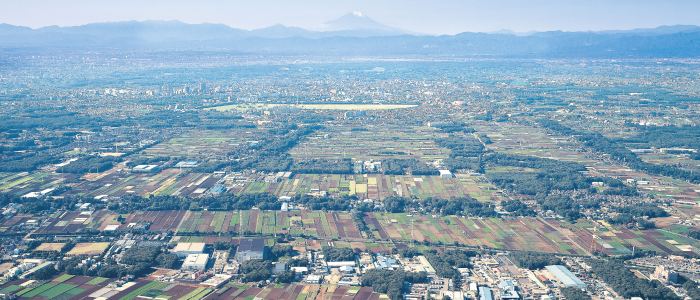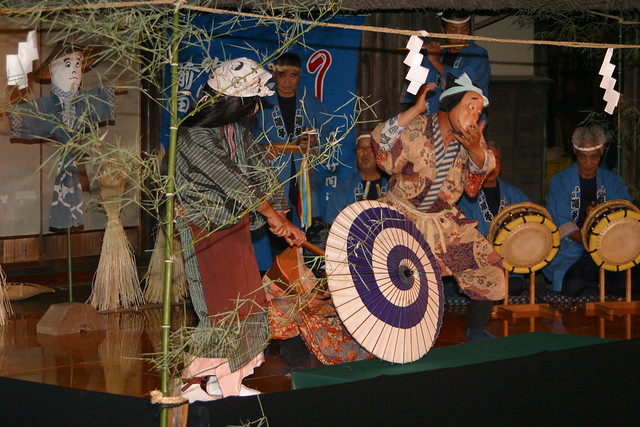Fallen Leaves Compost Agroforestry System in Musashino Upland, in the peri-urban area of Tokyo, Japan
GIAHS since 2023

- ©Musashino Region
Summary | Detailed Information | Partners | Annexes |
|---|
The history of this system goes back to the development of the Musashino Plateau in the Edo period in the 1600s. The cultivation of the Musashino Plateau was started in 1603 to make up for the food shortage caused by the rapid population growth of Edo, present Tokyo, where the Tokugawa Shogunate was based. In addition to maintaining the soil fertility by setting up upland forests, in order to sustain the fertility of the land, the entire villages were provided with multiple technologies such as protection against the wind, prevention of soil scattering and groundwater recharge, thus establishing sustainable agriculture, agricultural villages, and meeting the demand for food.
By maintaining the system up to date, the proposed site still provides a stable supply of vegetables to the Japanese capital, Tokyo, as an agricultural area near a large city. By continuing the system as a region, even though it is located in the suburbs of a large city, it still retains the extensive network of house areas, upland fields and upland forests, and this network has given rise to expanses of farmland and green belts that still maintain the characteristics of the pioneer days.


